The biomechanical role of the chondrocranium and the material properties of cartilage
(2020)
Journal Article
Jones, M. E. H., Gröning, F., Aspden, R. M., Dutel, H., Sharp, A., Moazen, M., Fagan, M. J., & Evans, S. E. (2020). The biomechanical role of the chondrocranium and the material properties of cartilage. Vertebrate Zoology, 70(4), 699-715. https://doi.org/10.26049/VZ70-4-2020-10
The chondrocranium is the cartilage component of the vertebrate braincase. Among jawed vertebrates it varies greatly in structure, mineralisation, and in the extent to which it is replaced by bone during development. In mammals, birds, and some bony... Read More about The biomechanical role of the chondrocranium and the material properties of cartilage.
